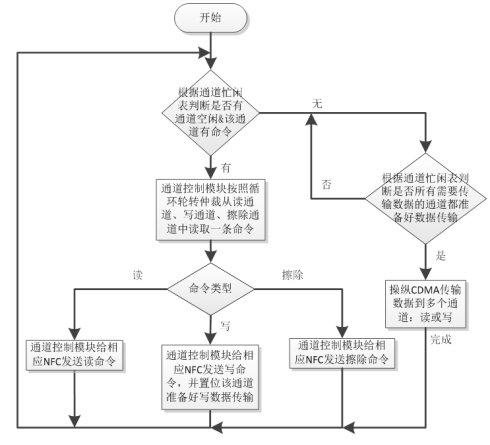We consider the problem of minimizing the age of information when a source can transmit status updates over two heterogeneous channels. Our work is motivated by recent developments in 5G mmWave technology, where transmissions may occur over an unreliable but fast (e.g., mmWave) channel or a slow reliable (e.g., sub-6GHz) channel. The unreliable channel is modeled as a time-correlated Gilbert-Elliot channel at a high rate when the channel is in the 'ON' state. The reliable channel provides a deterministic but lower data rate. The scheduling strategy determines the channel to be used for transmission in each time slot, aiming to minimize the time-average age of information (AoI). The optimal scheduling problem is formulated as a Markov Decision Process (MDP), which is challenging to solve because super-modularity does not hold in a part of the state space. We address this challenge and show that a multi-dimensional threshold-type scheduling policy is optimal for minimizing the age. By exploiting the structure of the MDP and analyzing the discrete-time Markov chains (DTMCs) of the threshold-type policy, we devise a low-complexity bisection algorithm to compute the optimal thresholds. We compare different scheduling policies using numerical simulations.
翻译:我们考虑了在信息来源能够通过两个不同渠道传输状态更新信息时将信息年龄最小化的问题。我们的工作是由5GmmWave技术的最新发展推动的。在5GmmWave技术中,传输可能发生在不可靠但快速(例如,mmWave)频道或缓慢可靠(例如,5-6GHz)频道上。不可靠的频道在频道处于“ON”状态时以高速度建模为与时间有关Gilbert-Elliot频道。可靠的频道提供了一个确定性但较低的数据率。时间安排战略确定了每个时段传输的渠道,目的是最大限度地减少信息的时间平均年龄(AoI)。最佳的时间安排问题被写成一个Markov决策过程(MDP),因为超级时尚不能维持在国家空间的一部分。我们应对这一挑战,并表明多维的门槛式列表政策是最大限度缩小年龄的最佳方式。通过利用MDP的结构和分析离散时间Markov链(DTMCs),旨在尽可能缩短信息的平均年龄。我们用不同的模型化政策来比较标准格式。





